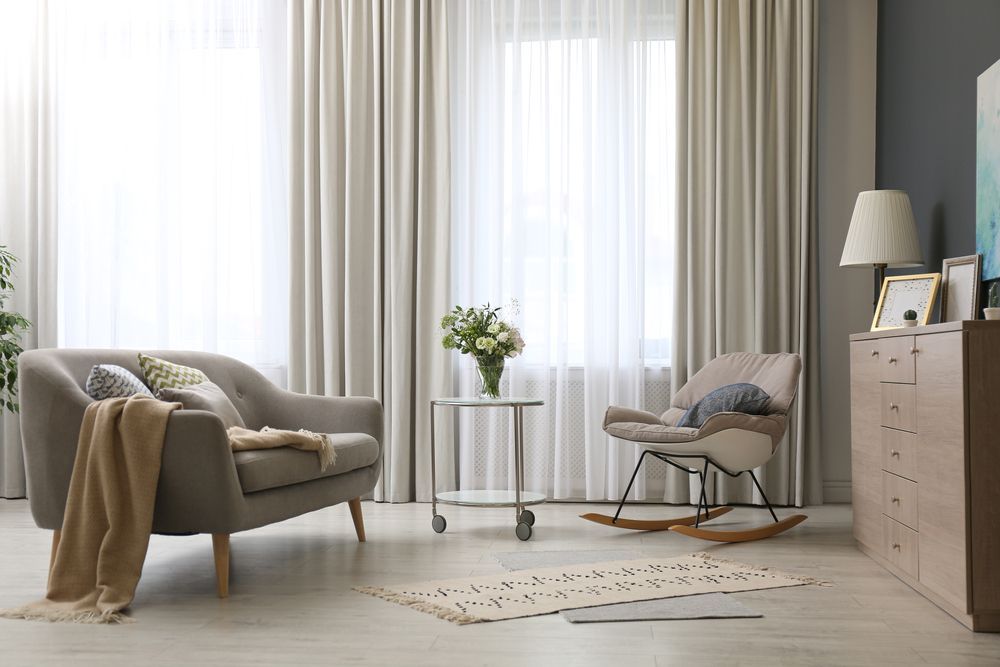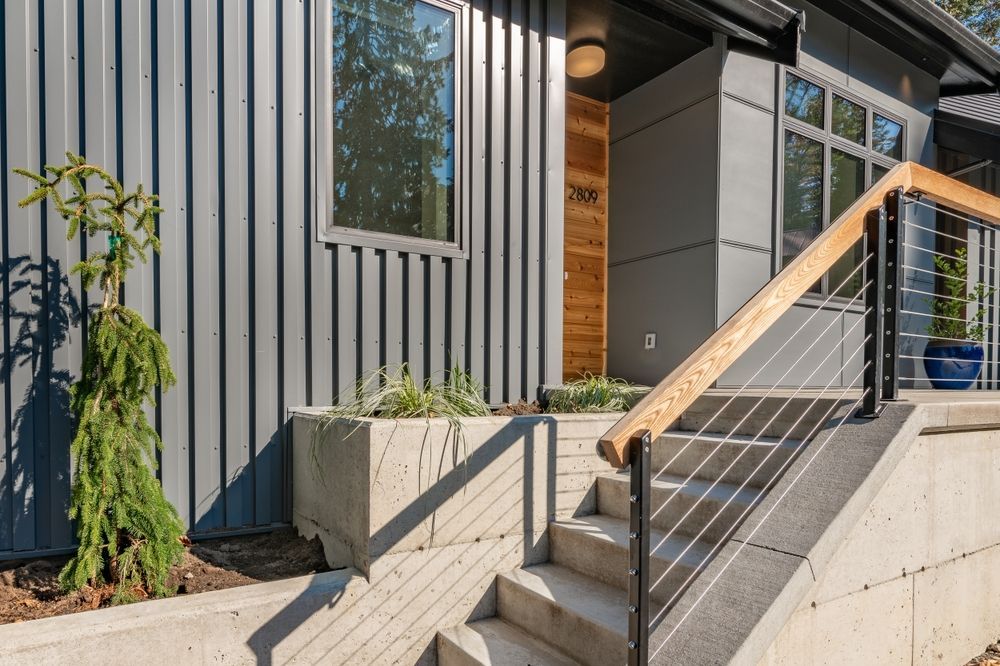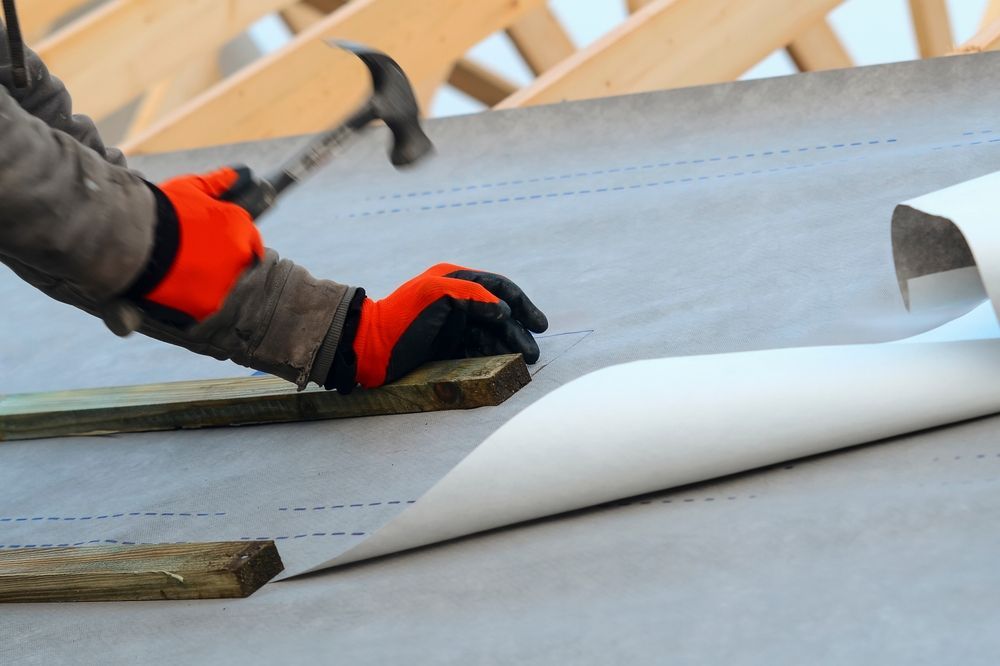5 Core Elements of an Energy-Efficient Home
Share this article:
An energy-efficient home can have tremendous environmental and financial benefit.
The average home spends about $5,500 a year on energy, according to the Alliance to Save Energy. Creating an energy-efficient home requires an up-front investment, but can save you money on your bills in the long run.
By creating an energy-efficient home, you are also helping the environment by reducing carbon dioxide emissions.
Heating and Air System
A significant percentage of the energy you use in your home is through the heating and air conditioning system. Taking some simple steps to care for your HVAC system can make your home more energy efficient, according to the ENERGY STAR website.
If you are in the position of needing to replace your HVAC system, going with an ENERGY STAR qualified system can reduce your annual energy bills by more than $115, depending on where you live.
A programmable thermostat can also save you money by adjusting the settings when you will be away for a period of time. Regularly changing the air filter, and having your HVAC equipment tuned can save you money.
Roofing
A more energy-efficient roof will reflect more of the sun’s rays. This lowers the roof’s temperature, and decreases the amount of heat transferred into a building.
This can reduce the amount of air conditioning needed during the summer months by up to 10-15 percent. People in the market for an energy efficient roof can use the Department of Energy’s Cool Roof Calculator.
Insulation
Most homes in the United States are under insulated, resulting in air leaks. Sealing leaks and adding insulation ads to the comfort of your home.
Increased insulation can have benefits for those with asthma and allergies as well. It reduces the pollen, dust and insects able to enter your home.
Windows
Replacing old windows with ENERGY STAR certified windows can result in a national average of 12 percent savings on energy bills. This also reduces emissions and improves a home’s carbon footprint. Windows keep the warm or cold air in- they are a critical aspect of an energy-efficient home.
Lighting
ENERGY STAR LED bulbs offer one of the most economically efficient ways to make your home more energy efficient. They are more efficient, durable, versatile and longer lasting than a typical bulb.
In a typical incandescent bulb, the metal filament heats until it becomes white, emitting 90 percent of their energy as heat. LED lights typically do not burn out or fall. Instead, the light appearance begins to shift over time.
Conclusion
While there is an initial cost to improving the energy efficiency of your home, it can save you money in the long run by reducing energy bills. It also reduces the carbon emissions and carbon footprint of your home – making energy efficiency a great way to help the environment.
Contact us today to start saving with an energy-efficient home.
Connect with Us:




